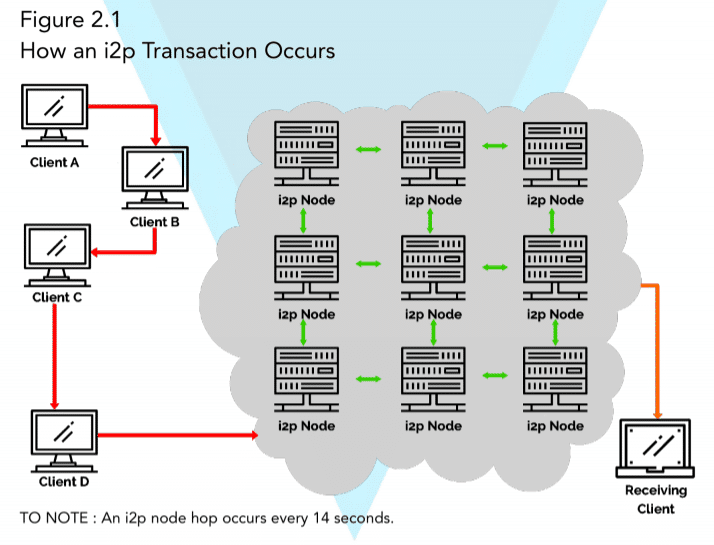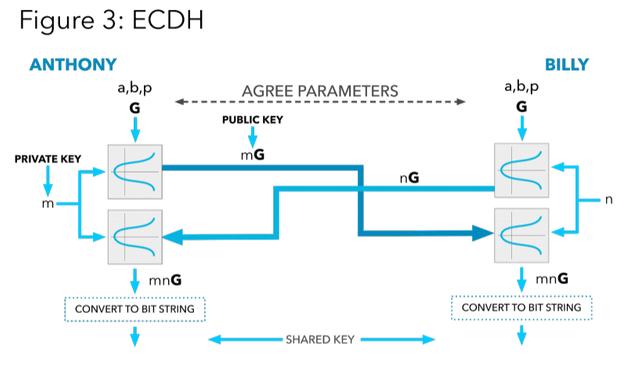What is Verge Currency?

Verge is a privacy-focused cryptocurrency that aims to keep transactions anonymous and untraceable while allowing for high throughput and fast confirmation times.
The project is entirely open source and community led. There is no company or foundation behind Verge. In fact, the core team signed Verge’s black paper with only their usernames. The community is committed to privacy, anonymity, and decentralization.
The coin originally began as DogeCoinDark in 2014. In February 2016, wanting to distance themselves from both the Doge meme and the “dark” connotation, DogeCoinDark rebranded to Verge. Over the past two years, the project has set a trajectory toward legitimacy for mass market adoption.
Verge is entering the crowded the race to be the top privacy coin. In this article, we’ll take a look at what privacy measures Verge implements. We’ll also do a deep dive on the technology behind Verge and whether this is a project with potential to rise to the top.
Making User Connections Anonymous
Verge attacks the issue of privacy from the vantage of how a user connects to the network.
The internet we all recognize is fairly straightforward. To send information between computers, you use an Internet Service Provider (ISP) or other middleman to facilitate the message. When you send a message, your ISP can see your unique identifier on the internet – your IP address. Your ISP also needs to know the IP address of the destination computer, so it can route the message.
This is okay for normal internet traffic, but it’s not anonymous. Over time, an ISP learns a lot about the IP addresses you’re contacting. They also know where you’re sending messages from. In many cases, signing up with your ISP associates your identity with your IP address, causing multiple anonymity and privacy issues. Verge uses two approaches – Tor and I2P – to address connection anonymization.
Enter Tor
Tor is a well-known anonymization scheme for IP addresses. The name is an acronym that stands for The Onion Router, because the Tor network wraps your message in multiple layers of encryption. Instead of routing your internet connection through one ISP, Tor bounces the connection between many relay computers on the Tor peer-to-peer network.

This changes the message’s IP address many times, making it difficult to trace back to the original sender. With TOR, no one node knows the whole route a message will take. The message quickly becomes anonymous and untraceable. A directory service identifies the path for connections.
Tor is a peer-to-peer network. As you use Tor, you’re also acting as a relay node for other messages getting bounced around the Tor network.
Verge implements Tor as standard for its transactions to anonymize user connections to the blockchain. Making interactions more difficult to link to an IP address.
I2P
The next generation solution to connection anonymization is I2P. While Tor provides directory-based circuit routing, I2P allows for dynamic routing of information packets. There’s no directory on I2P, so the responsive routing of the network can avoid congestion and interruptions.

I2P also divides the routing into two separate tunnels, one outgoing and another incoming. That means that the messages you send to another computer or website follow a different path from the messages you receive in response. Anyone listening in would only see half of the message history, like listening in on only half of a phone call where you don’t know who is speaking or who they’re speaking to.
Tor was intended as a portal for anonymously accessing the ordinary internet. I2P provides a much more robust experience, leading to the creation of a private network within the internet. I2P is a true darknet, with applications written specifically for I2P.
Verge leverages I2P technology for its network as well. You have the option to route your transactions through Tor or I2P but IP anonymization is standard on Verge. Since the entire Verge blockchain is anonymous, the entire community becomes much more difficult to track.
Wraith Protocol
The Wraith Protocol allows users to choose between public and private blockchain transactions. Public transactions would provide transparency and speed. Private blockchain transactions wouldn’t be publicly reviewable at all.
They plan to accomplish these private transactions using stealth addresses routed through Tor. Stealth addresses send funds to one-time use addresses. Only the recipient can identify and redeem funds sent to a stealth address. Stealth addresses are an important component of how Monero, a leading privacy coin, operates. However, Monero also provides more complex cryptography and other features that guarantee its privacy more effectively.

Verge’s cryptography is based on elliptic curves. Elliptic curve cryptography is well-established and very cool. It’s a key part of Bitcoin, and Verge uses a slight variant of the Bitcoin known as Elliptic-Curve Diffie Hellman. It allows parties to share and agree on transaction keys and signatures without an observer learning anything.
Wallets
Verge utilizes the Electrum wallet, originally designed for Bitcoin. Electrum supports Tor and I2P integration. It also allows for secure offline storage of tokens. When you need to send XVG, you can sign the transaction with your private key offline. Once signed, you can broadcast the transaction from an online computer that doesn’t have access to your private keys.
Electrum also supports passphrase key recovery and multisignature, meaning you could require multiple confirmations to send a transaction, increasing security. Finally, the Electrum wallet connects to decentralized servers that index the blockchain. There’s no need to operate a full node or download the entire blockchain transaction history.
Android Wallets
Verge will also support two Android wallets. One for Tor and another for I2P. These mobile wallets include security measures like PIN codes and biometric locking. They also support QR codes to pull balances from paper wallets.
Messaging
Verge has implemented options for messaging transactions, as well. You can send XVG via Telegram, Discord, Twitter, or IRC. It’s simple to send tokens using only a person’s username. A bot will process the transaction and place the funds in a holding address. It’ll then send a message to the recipient with instructions on how to claim the funds. Verge is not the only cryptocurrency to implement messaging payments, but it represents a big leap forward in user experience from an ease of use standpoint.
Messaging payments on Slack and Steem are coming to XVG later this year.
Mining
Verge is among a small handful of projects that are testing out multi-algorithm consensus. This means miners can mine XVG in five different ways. All of the algorithms are proof of work based. However, some favor ASIC hardware while others are GPU compatible or lighter.
The five algorithms are Scrypt, X17, Lyra2rev2, myr-groestl and blake2s. Digibyte pioneered this multialgorithm approach. The benefit is greater decentralization as multiple algorithms mean many different types of mining rigs can participate in XVG mining.
Verge has a target 30-second block time, split between the five algorithms. In total, there will be 16.5 billion XVG, with 9 billion mined in the first year (2014) and 1 billion every year thereafter.
XVG Coin
XVG, originally DogeCoinDark, launched without an ICO or premine. The developers bought Verge coins just like anyone else.
Verge is currently in the top 30 cryptocurrencies worldwide. It is listed on many major exchanges including Binance and Bittrex.
Future Plans
Verge has several future plans that could make the project more compelling as a complete privacy solution. (Be sure to check out the official Verge website, Twitter, YouTube, Facebook and Telegram for future updates.)
Atomic Swaps
Starting in 2018, Verge hopes to implement support for atomic swaps with most major cryptocurrencies. Atomic swaps use hash-locks and time-locks to freeze tokens on one blockchain in exchange for the release of tokens on another chain. Verge hopes interoperability with other chains will make it a go-to privacy provider.
Smart contracts
The Rootstock project plans to add a sidechain to Verge that processes smart contracts. It will be Turing complete and comparable to Ethereum. It hasn’t yet launched, so those claims are unverified as yet.
RSK tokens on Rootstock can be pegged to Verge tokens so they’ll have the same value. You can deposit XVG on Verge and spend corresponding RSK on the Rootstock side chain.
Rootstock claims they’ve made a breakthrough in smart contract scalability. Their goal is 2,000 tx/s using off-chain settlement solutions similar to Lightning Network.
Conclusion
Verge is interesting insofar as it’s a decentralized, open source project. However, its lack of formal structure could also be a drawback. Most serious crypto projects these days have a foundation behind them leading development and setting a roadmap.
The project also needs outside review. While many of the technologies they’re implementing have been tested elsewhere, Verge could use a dose of legitimacy from an independent source.
They also don’t have the same kind of resources as their competitors in the privacy space. Monero, Z Cash, and Dash have hundreds of collaborators on their Githubs. Verge only has 12.
That said, hiding IP addresses is an important frontier for blockchain anonymity. If they can solve anonymous smart contracts, that would be a unique breakthrough for the space.
source: https://coincentral.com/verge-cryptocurrency-xvg-beginners-guide/